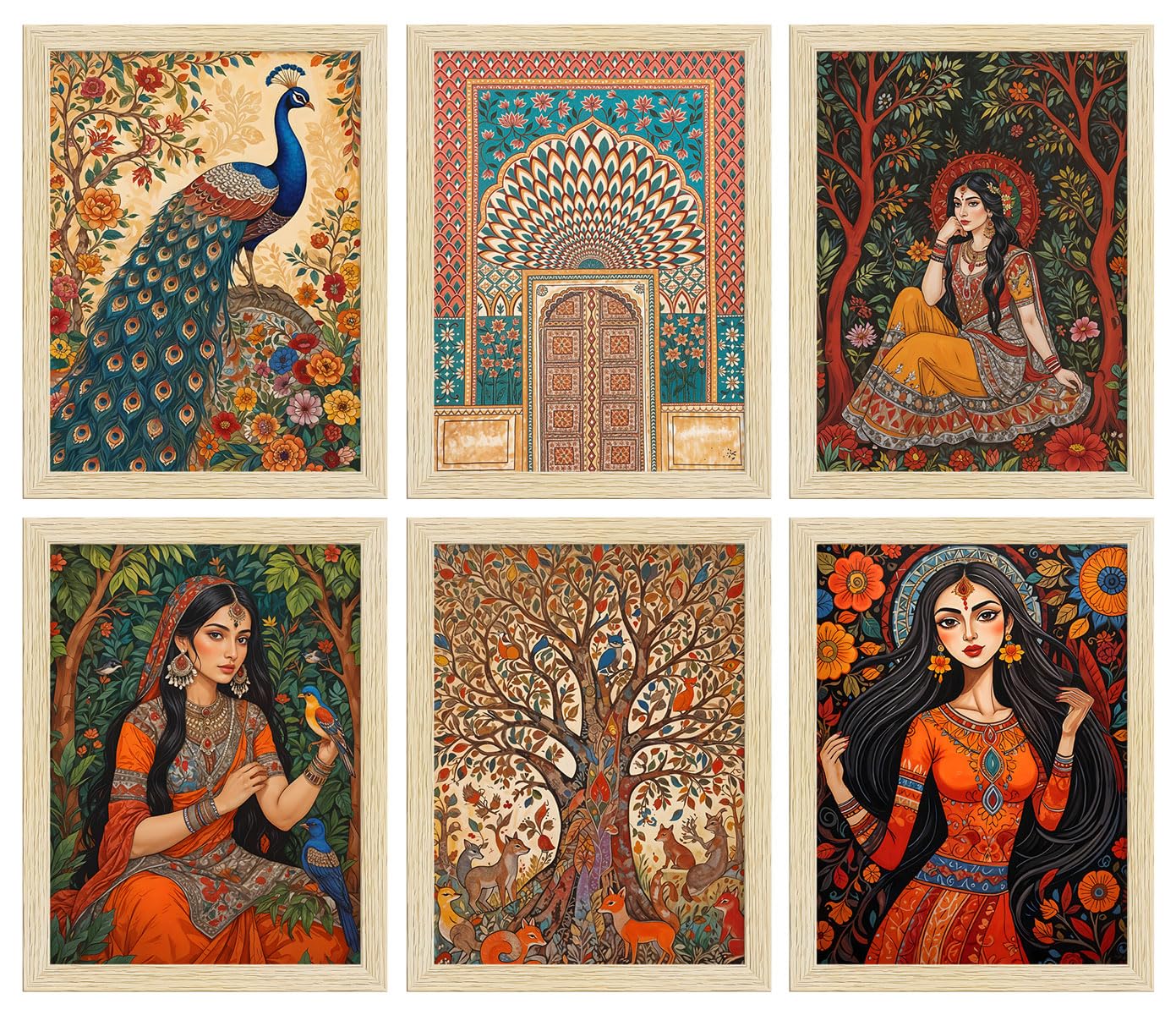
Bihar is one of the oldest regions in India, rich in history, culture, and tradition. It is located in the eastern part of the country and is bordered by Nepal to the north, West Bengal to the east, Jharkhand to the south, and Uttar Pradesh to the west. The state capital is Patna, which has been a significant urban center for centuries.
Historical Facts of Bihar
Ancient Period:
- Vedic and Mahajanapada Era: Bihar was a significant region during the Vedic period and later the Mahajanapada period, around 600 BCE. It was the core of the Magadha Kingdom, one of the 16 Mahajanapadas (great states) mentioned in ancient Indian texts. The Magadha region, which roughly corresponds to modern-day Bihar, played a central role in early Indian history.
- Magadha Kingdom: The kingdom of Magadha was one of the most important in Indian history. It saw the rise of two of the most influential empires in ancient Indian history:
- The Maurya Empire (321–185 BCE): Founded by Chandragupta Maurya, it expanded under his successor, Ashoka the Great, who is credited with spreading Buddhism across Asia.
- The Gupta Empire (c. 320–550 CE): The period of the Gupta Empire is known as the Golden Age of India, with significant advancements in science, mathematics, astronomy, literature, and art.
- Buddhism and Jainism: Bihar is particularly important in the history of Buddhism and Jainism. Gautama Buddha attained enlightenment in Bodh Gaya, located in Bihar, and the region became a major center for Buddhist pilgrimage. Mahavira, the 24th Tirthankara of Jainism, was born in Vaishali (modern-day Bihar), and his teachings are also rooted in this region.
Medieval Period:
- During the medieval period, Bihar came under the control of various Muslim rulers. The Delhi Sultanate and later the Mughal Empire ruled Bihar for several centuries, contributing to the region’s architectural and cultural landscape.
- Sher Shah Suri, who ruled over the region in the early 16th century, is one of the most notable historical figures from Bihar. He reformed the administrative system, introduced the currency system, and built extensive road networks.
British Colonial Era:
- Bihar, like much of India, was annexed by the British in the 18th century. Under British rule, Bihar became an important agricultural area, and the British introduced various reforms that transformed the state’s economy.
- Bihar played a significant role in the Indian Rebellion of 1857 (also known as the First War of Independence), with several revolts and uprisings occurring in the region.
- The British focused heavily on cultivating cash crops, which led to economic challenges for the local population. The Bihar Famine of 1873-74 is one example of the severe impact of British policies on the people of Bihar.
Post-Independence:
- After India gained independence in 1947, Bihar became a part of the newly formed Indian Republic. However, it faced significant challenges due to poverty, lack of infrastructure, and political instability.
- In 2000, Bihar was divided, with the southern part becoming Jharkhand, which has affected Bihar’s political and economic landscape.
- Bihar has also been a center for political activism, with several prominent national leaders coming from the state. Jayaprakash Narayan, Karpoori Thakur, and Laloo Prasad Yadav are some of the political figures associated with Bihar.
Cultural and Geographical Significance
- Geography: Bihar is located in the Indo-Gangetic plain and is predominantly flat. The Ganges River flows through the state, and the fertile plains contribute to Bihar’s agricultural productivity.
- Language: The primary language of Bihar is Hindi, but regional languages like Bhojpuri, Maithili, and Magahi are also widely spoken.
- Cultural Heritage: Bihar has a rich cultural heritage, with festivals, classical dance forms, and folk traditions like Bihar Folk Music and Chhath Puja. Bihar’s contribution to Indian literature is significant, with writers such as Phanishwar Nath Renu and Ramdhari Singh Dinkar.
Economic Landscape
- Agriculture: Bihar is one of India’s most fertile agricultural regions, producing crops like rice, maize, wheat, and sugarcane. The state’s economy is largely dependent on agriculture, but it has also been working toward industrialization in recent years.
- Education and Institutions: Bihar is home to prestigious educational institutions like Nalanda University (ancient), Patna University, and Indian Institute of Technology Patna (IIT Patna). Nalanda was an ancient center of learning, known worldwide for its contributions to education and scholarship during the Gupta Empire.
Bihar’s rich historical past, coupled with its significant role in the development of Indian civilization, makes it a place of great interest for historians, archaeologists, and cultural enthusiasts. Despite challenges, the state’s resilience and determination continue to shape its future.
INDIAINNINGS
Campaigns
- Diwali Special
- Independence Day Celebrations
- Holiday on Holi day
- New Year Specials
Help
- Order Tracking
- Terms & Conditions
- Privacy Policy
- Tutorials
- FAQ
Help
- Facebook Chat
- Whatsapp Help
- E-mail Support
- Contact



